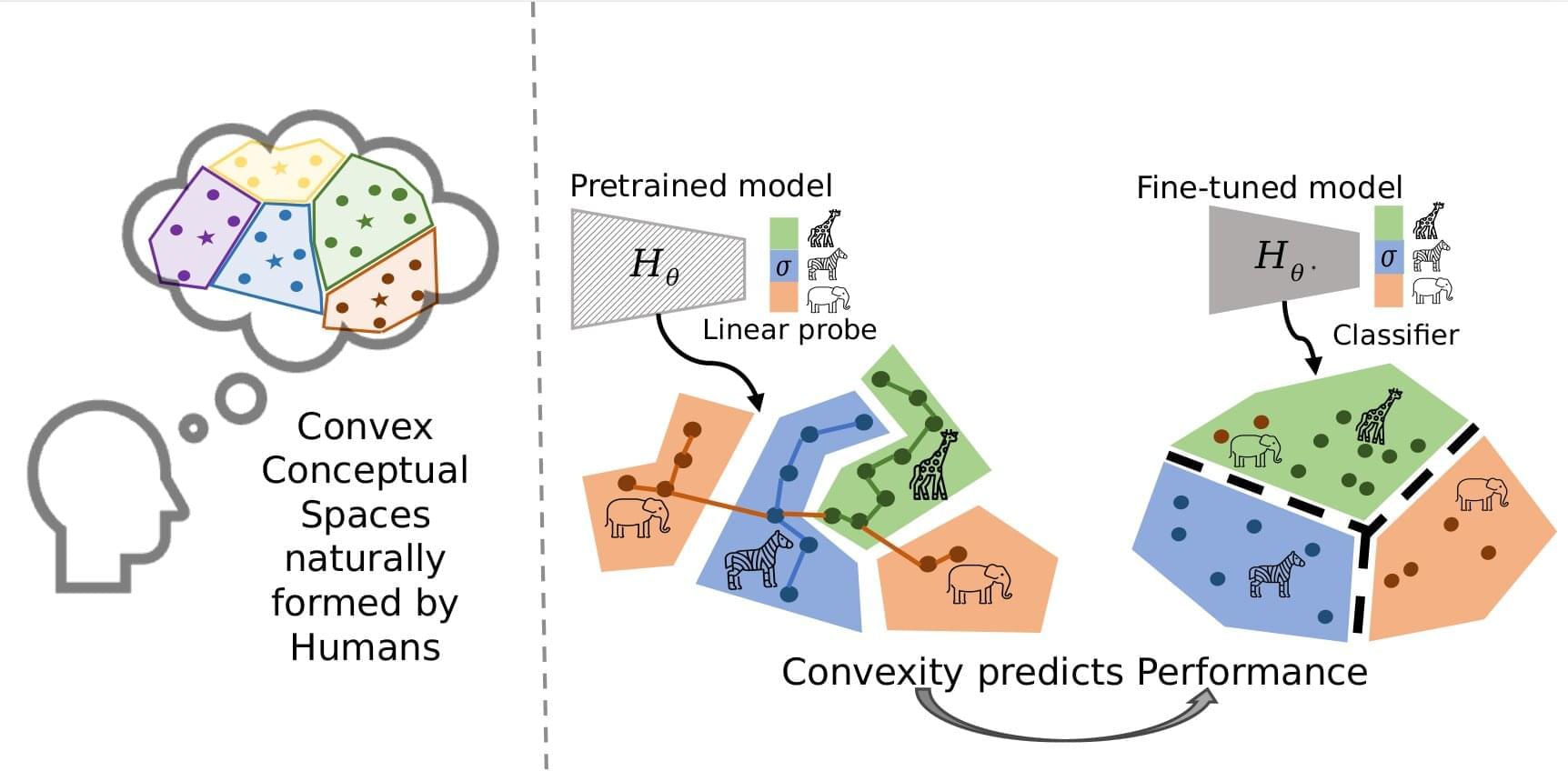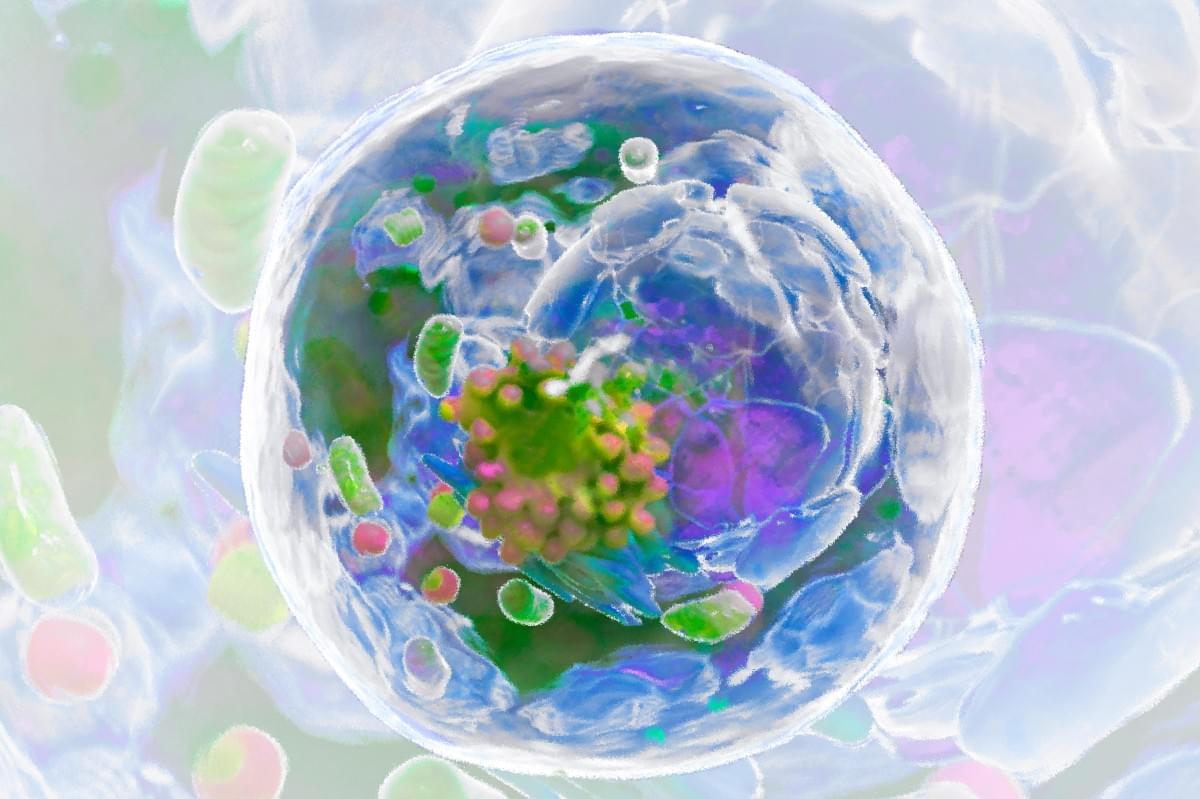Chip maker at the beating heart of the AI boom is embedded in gaming, data centers and crypto mining
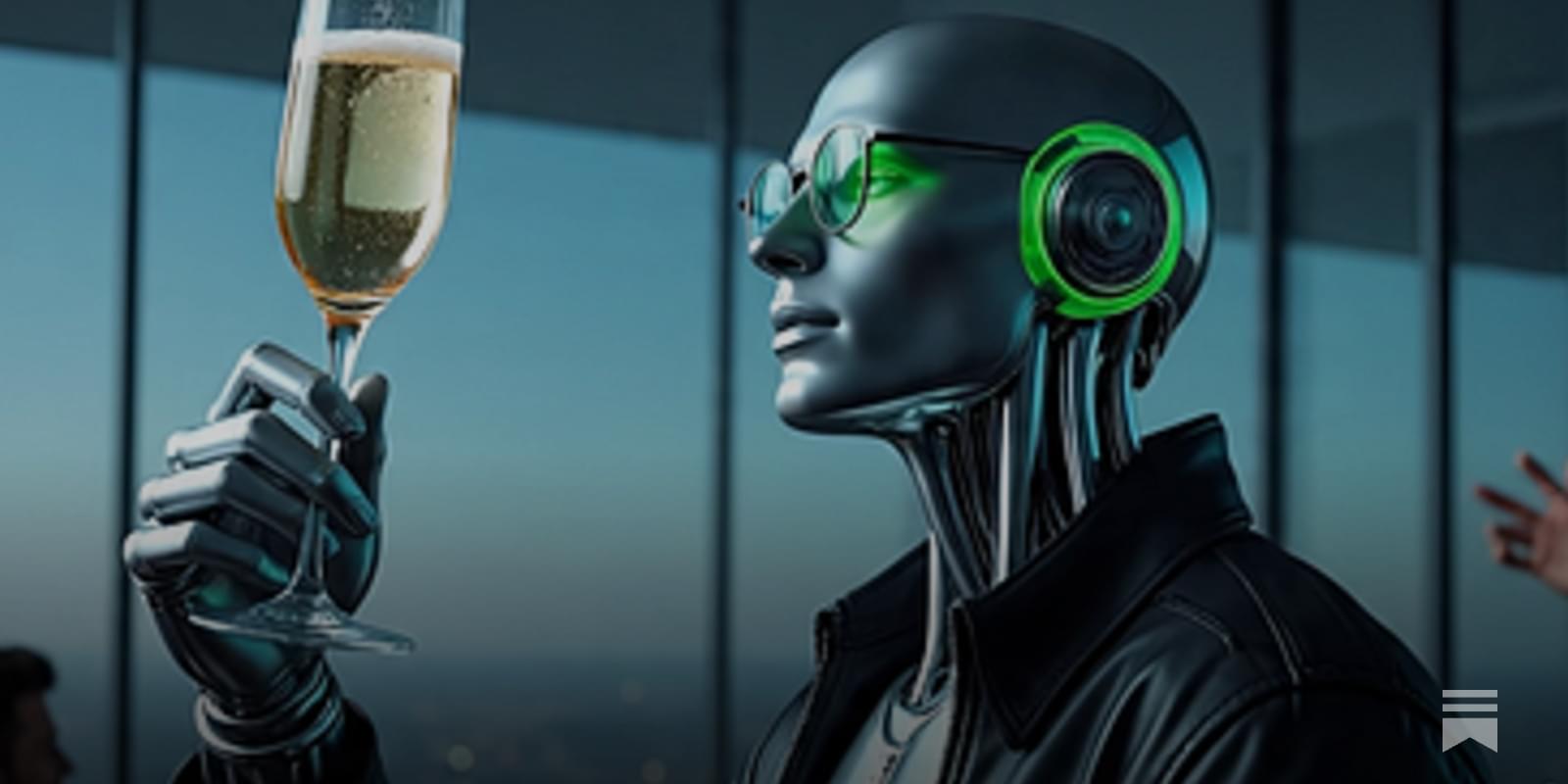

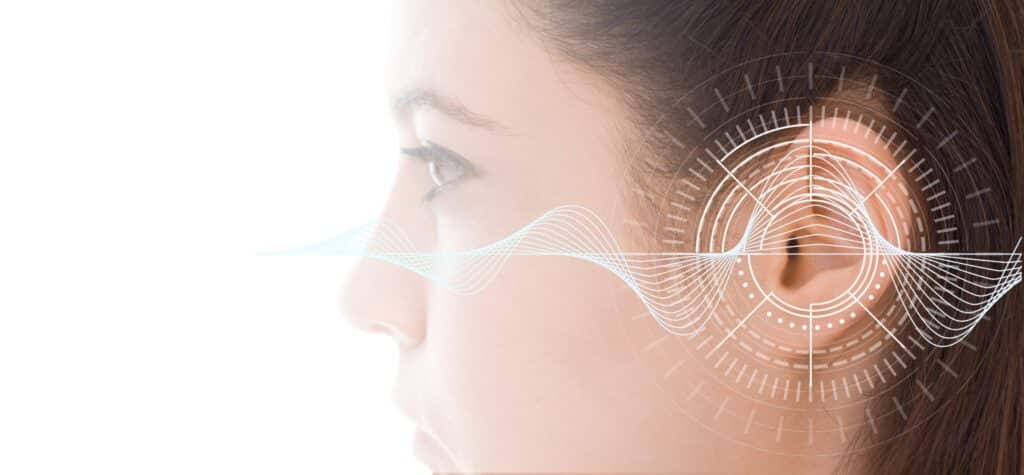
“This is a huge step forward in the genetic treatment of deafness, one that can be life-changing for children and adults,” says Maoli Duan, consultant and docent at the Department of Clinical Science, Intervention and Technology, Karolinska Institutet, Sweden, and one of the study’s corresponding authors.
Gene therapy involved a synthetic adeno-associated virus (AAV) to deliver a functional version of the OTOF gene to the inner ear via a single injection through a membrane at the base of the cochlea called the round window. The injections were to target mutations in OTOF that can cause deficiencies of the otoferlin protein, that plays key roles in transmitting auditory signals.
According to the researchers, the effects of the gene therapy were rapid, and the majority of the participants recovered some hearing after one month. At a 6-month follow-up, all participants showed considerable improvements, with the average perceptible volume of sound improving from 106 decibels to 52 decibels.
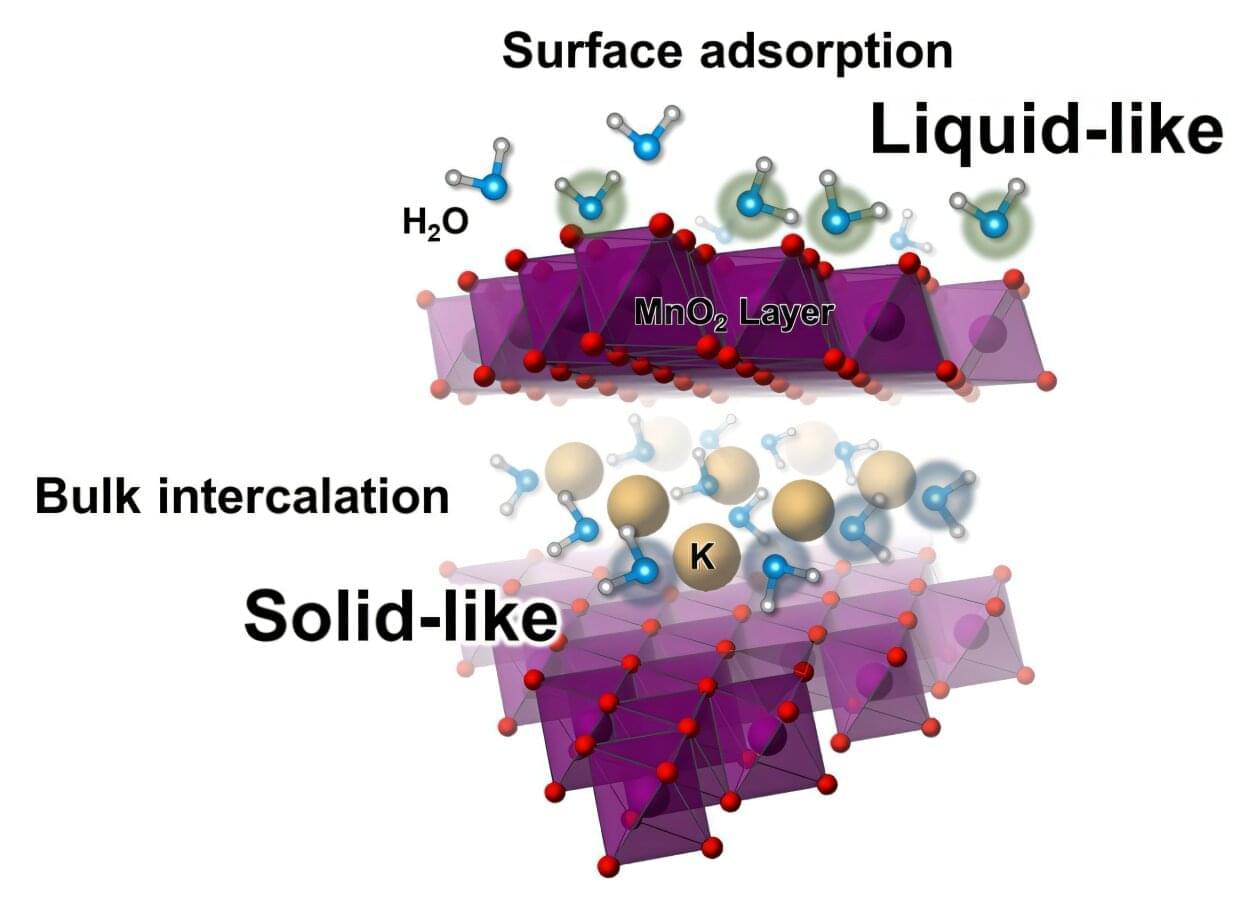
Efficiently capturing and storing excess heat, particularly below 200°C, is paramount to achieving a carbon-neutral society. Every year, factories and homes produce excess heat, much of which gets wasted. Likewise, as the world gets more reliant on renewable energy sources, the need to capture and store heat grows.
A collaboration between Tohoku University and the Japan Atomic Energy Agency has made significant strides in this regard, developing nanosheets of layered manganese dioxide (MnO2) that can store heat even below 100°C.
Details of the study were published in the journal Communications Chemistry.

AI startups are increasingly encroaching on the territory of tech giants. Currently, Perplexity has launched its own AI browser Comet, and OpenAI is about to release its analog.
Developers who were creating chatbots yesterday are now building full-fledged browsers and openly challenging Google Chrome. This is happening against the backdrop of a rapid increase in the number of search queries via AI assistants — and at the same time drop in traffic to Google. The tech giant itself understands the situation: in recent months Chrome is actively acquiring AI features and the search engine is testing a new AI mode.
Comet is already available for subscribers Perplexity Max ($200/month) and a limited group of users on a waiting list. The browser has a built-in Perplexity AI search engine by default, which generates summaries instead of traditional links. In addition, Comet has a built-in Comet Assistant — an AI agent that automates routine tasks: reads mail, summarizes the calendar, manages tabs, and performs actions for the user on pages. You can call it at any time right on the website — it sees the content and reacts to it.
The latest AI News. Learn about LLMs, Gen AI and get ready for the rollout of AGI. Wes Roth covers the latest happenings in the world of OpenAI, Google, Anthropic, NVIDIA and Open Source AI.
My Links 🔗
➡️ Subscribe: ➡️ Twitter: https://twitter.com/WesRothMoney ➡️ AI Newsletter: https://natural20.beehiiv.com/subscribe.
AI TOOLS: (these are tools I use and recommend, some of these are affiliate links) ElevenLabs for AI Voices https://try.elevenlabs.io/ggjim0jxr70r.
Playlists: My Interviews With AI Experts: • INTERVIEWS WITH AI EXPERTS Self-Improving AI:
• Self Improving AI
#ai #openai #llm.
➡️ Twitter: https://twitter.com/WesRothMoney.
➡️ AI Newsletter: https://natural20.beehiiv.com/subscribe.
AI TOOLS:
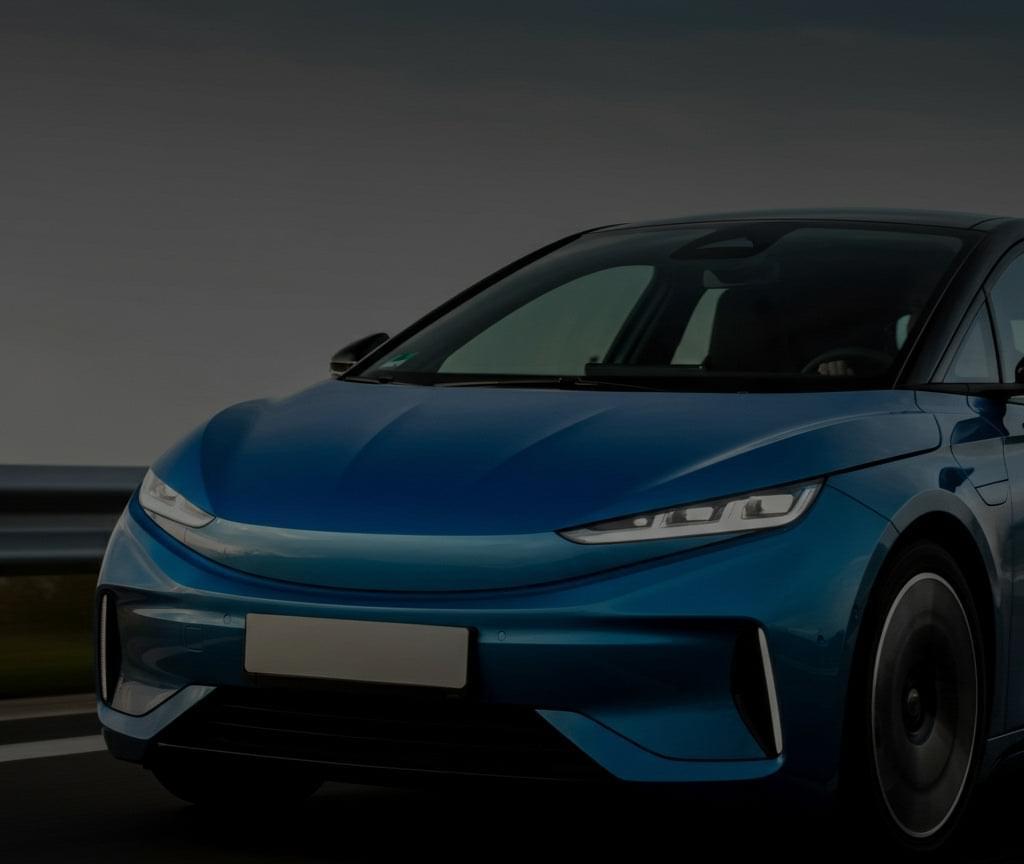
As the push for sustainable transportation intensifies globally, a new study from the International Council on Clean Transportation (ICCT) reveals that battery-electric vehicles (BEVs) in Europe are becoming significantly cleaner at a pace faster than previously anticipated. This development comes as the continent’s electricity mix transitions toward more renewable sources, providing a profound climate advantage over traditional internal combustion engine (ICE) vehicles.
Key Findings of the Study
Released on Wednesday, the ICCT study highlights that BEVs sold in Europe today produce 73 percent fewer life-cycle greenhouse gas emissions compared to ICE vehicles. This figure marks a noteworthy 24-percent improvement from the organization’s prior estimates in 2021, emphasizing the rapid progress of BEVs as Europe enhances its renewable energy initiatives.
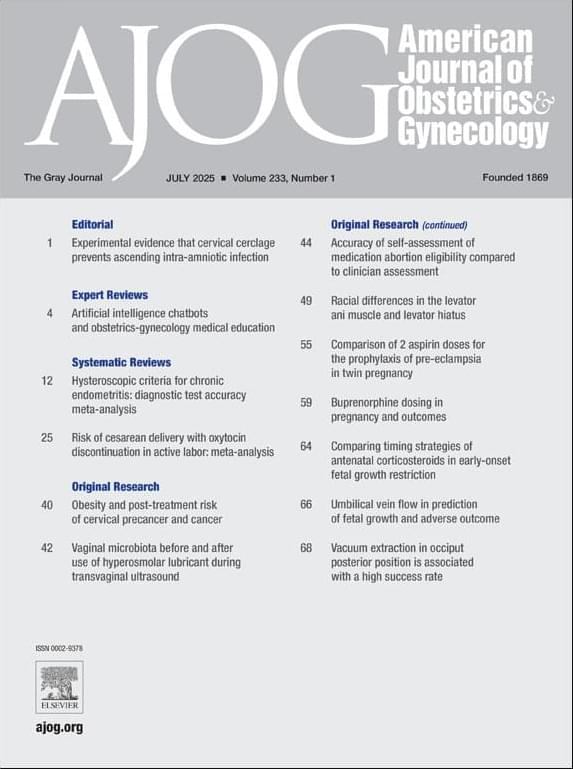
A large urogenital hiatus in level III results in a higher risk of developing pelvic organ prolapse after birth and failure after prolapse surgery. Deepening of the pelvic floor and downward rotation of the levator plate have also been linked to prolapse. Currently we lack data that evaluates how these measures relate to one another and to prolapse occurrence and size.
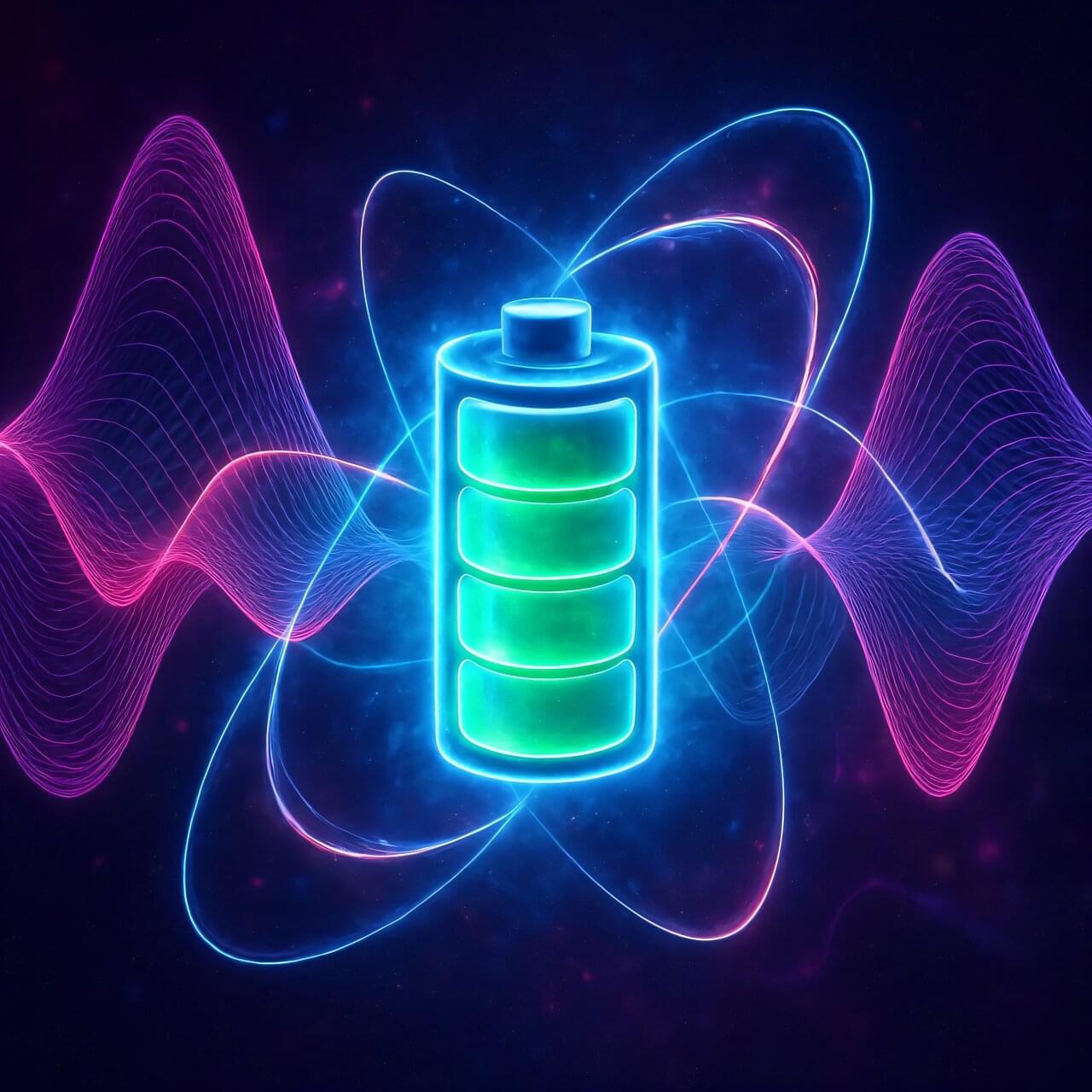
Over the past few years, researchers have developed various quantum technologies, alternatives to classical devices that operate by leveraging the principles of quantum mechanics. These technologies have the potential to outperform their classical counterparts in specific settings or scenarios.
Among the many quantum technologies proposed and devised so far are quantum batteries, energy storage devices that could theoretically store energy more efficiently than classical batteries, while also charging more rapidly. Despite their predicted potential, most quantum battery solutions proposed to date have not yet proven to exhibit a genuine quantum advantage, or in other words, to perform better than their classical counterparts.
Researchers at PSL Research University and the University of Pisa recently introduced a new deceptively simple quantum battery model that could exhibit a genuine quantum advantage over a classical analog battery. The new model, outlined in a paper published in Physical Review Letters, was found to successfully reach the so-called quantum speed limit, the maximum speed that a quantum system could theoretically achieve.
